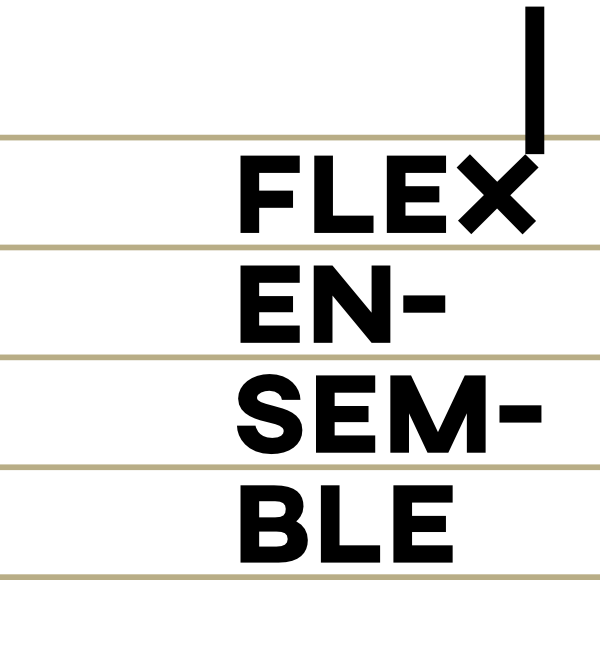Gordon Williamson decided to make fun of the entire genre, his Chanson Ruée is a minute-long caricature of French Chanson. The Rhythm and length of phrases are there, but it has been radically sped up and he uses many percussive playing techniques and undefined tones (an attentive listener might recognize some Georges Brassens along the way….). On many occasions our audience burst out in laughter after hearing it.
Johannes Schöllhorn chose to arrange a song by Claude Le Jeune (1528-1600). The original harmonies are reduced to single staccato chords in the piano from which faint, barely audible chords appear in the strings. This strikingly clear material is presented in an almost painfully slow tempo, creating a strong tension for both the audience and the performers.
Sebastiaan Koolhoven chose to arrange Brel´s Au Suivant. We love that this arrangement comes from a totally different genre. The desperate, angry and disappointed outcry has been translated very well in this highly emotional arrangement.
Konstantinos Raptis, also a good friend of the ensemble, has made quite a few tango arrangements for us. He approached this challenge in a totally different way. The introduction is quite mysterious and develops into a jazzy Musette that comes to a crazy and virtuosic explosion.




